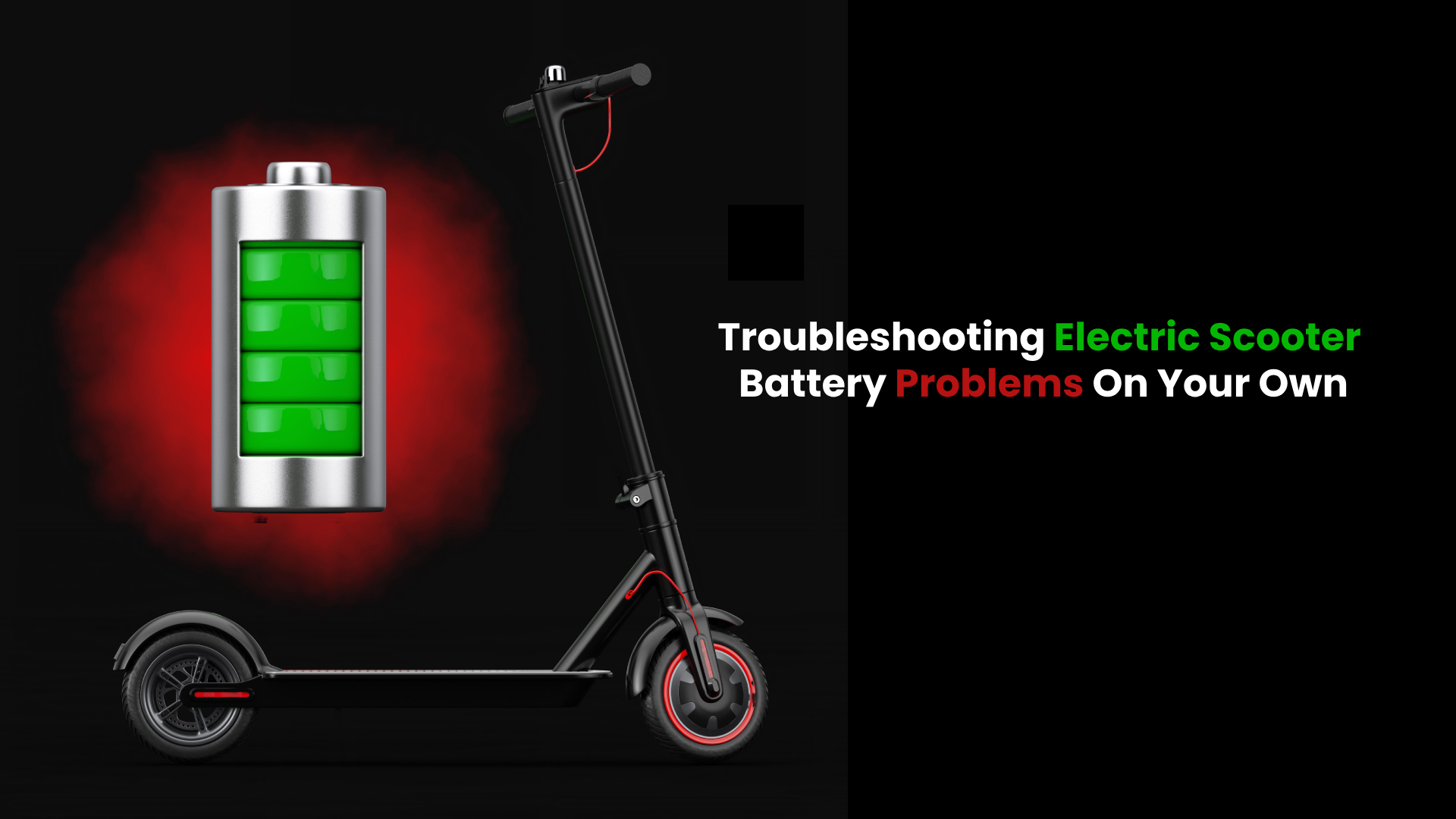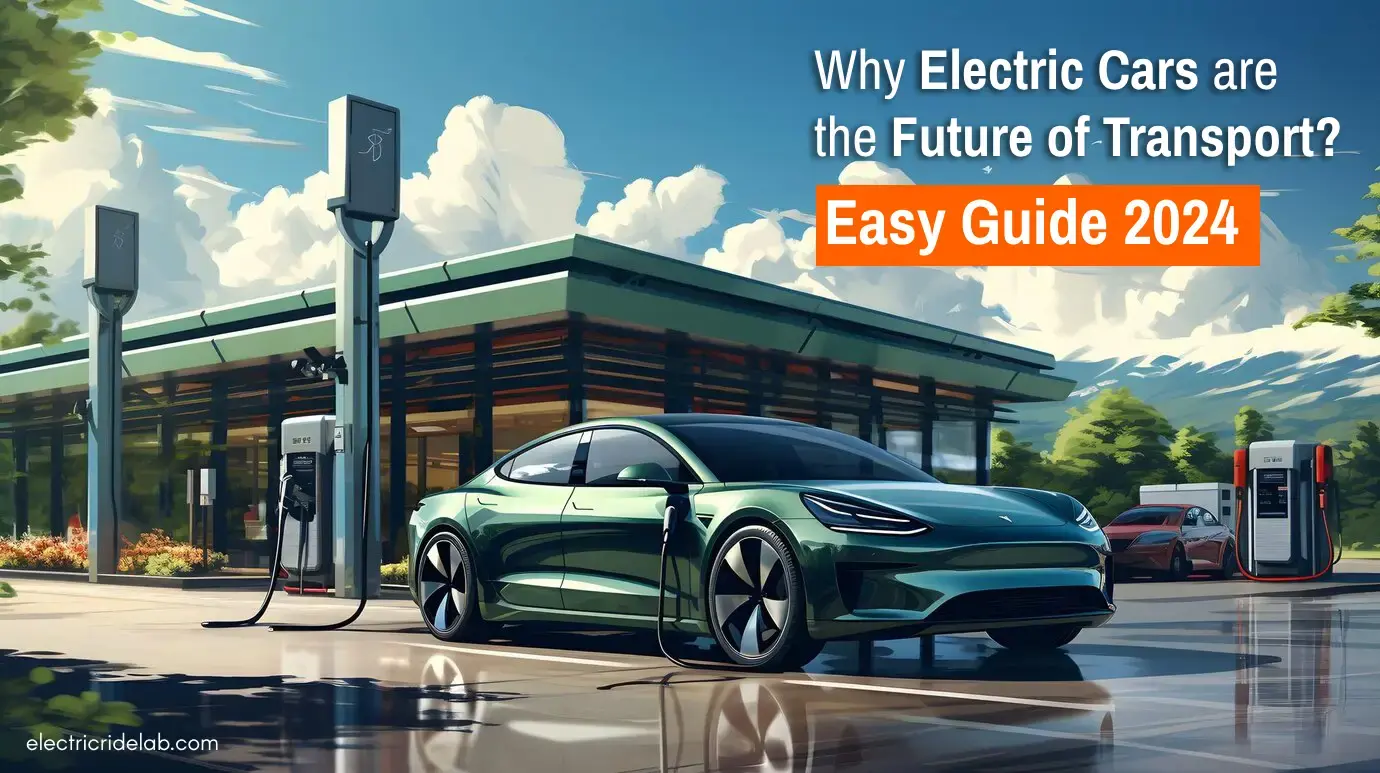In this article, you’ll find, a detailed report of how many electric cars catch fire every year. You will also learn about the causes of such fires, as well as what can be done to prevent them.
Electric vehicles (EVs) didn’t start with the Tesla Model S and Nissan Leaf, but they sure have caught on quickly in that sector—now making up a significant proportion of new car sales. This is partly due to the development of the U.S federal tax credit program aimed at enticing consumers to purchase EVs.
Many states also offer state-level incentives for EV purchases, but those are typically much smaller than the federal incentive. Advancements in EV technology have led to emergence of new models with better efficiency and longer driving range, which is why they have become very appealing for consumers.
The question is, however, whether they are really safe. In particular, the risk of fires has been receiving increasing attention from experts. Generally, there has been a steady decline in the number of reported fires involving highway vehicles in the United States.
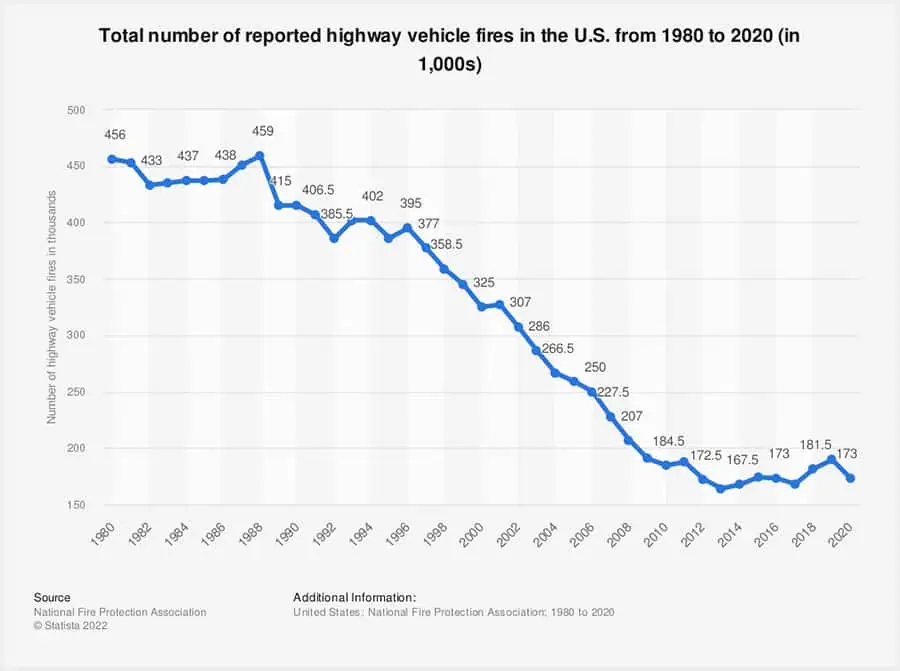
Source: statista
Notwithstanding, there have been reports of several accidents involving EVs catching fire, including an incident where three General Motors Chevy Bolt EVs caught fire while in idle mode. The cause of these incidents was determined to be battery overheating, leading to thermal runaway.
Also Related:
When Will Electric Cars Be Affordable
How Many Electric Cars Catch Fire Every Year
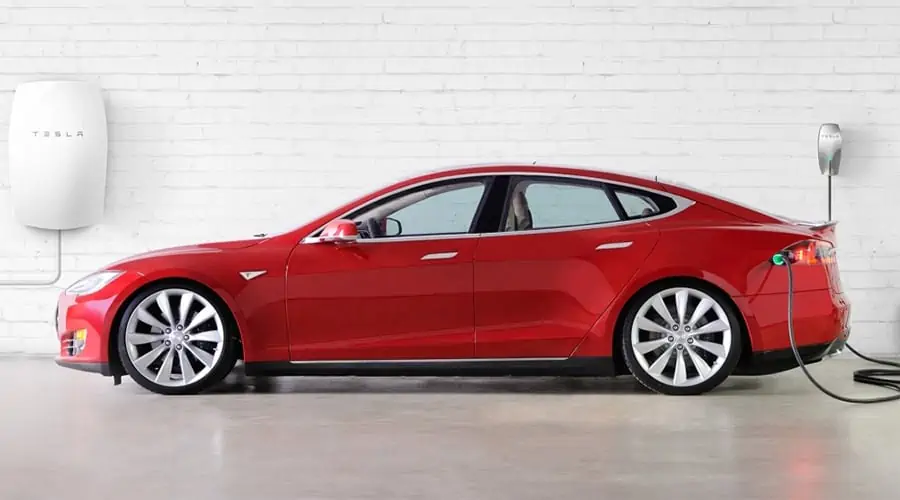
Source: Tesla
Fire incidents related to highway capable vehicles have increased significantly over the past few years. Everything points towards the fact that the frequency of gasoline and diesel fire incidents are relatively high compared to electric car fires. That shouldn’t be too surprising since there aren’t any combustion engines in electric cars. Electric car fires tend to get a lot of attention because EV technology is still considered to be quite new by most people.
Essentially, it can be difficult to compare the number of electric vehicle fires with the number of gasoline or diesel vehicle fires. However, we can estimate the number of electric vehicle fire incidents based on data available from the National Fire Protection Association (NFPA).
In 2018, the National Fire Protection Association (NFPA) reported more than 181,500 highway vehicle fires across the United States, resulting in significant property damage and injuries. Of all the fires recorded by NFPA, only a minute fraction were caused by electric vehicles. For one, there are not many electric cars on the road compared to the total number of gasoline and diesel powered vehicles.
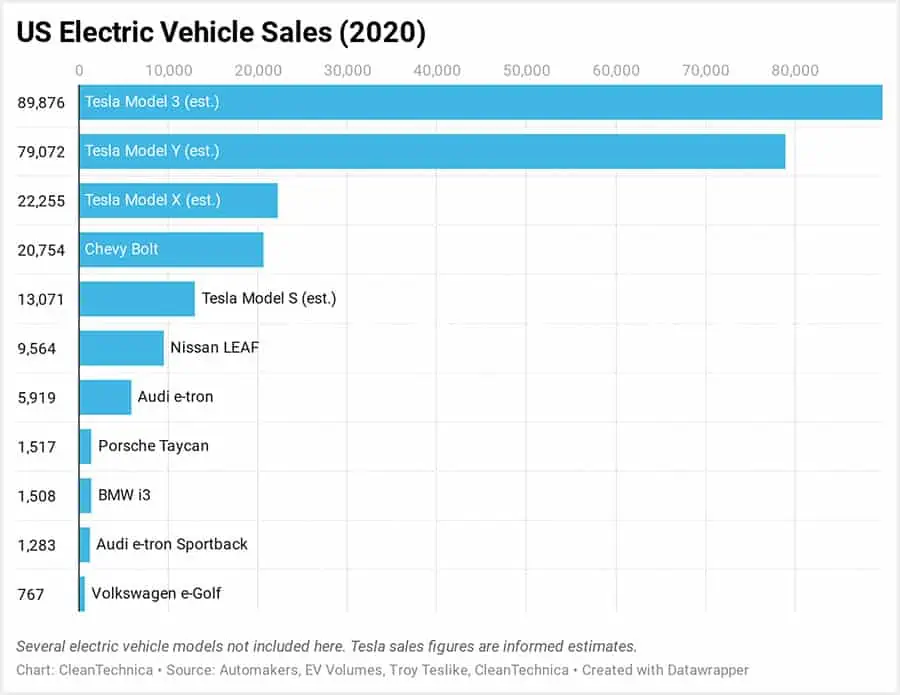
Source: cleantechnica
Also Related:
Are Electric Cars Better for the Environment
There’s no gainsaying that the potential of an electric car catching fire is higher as the vehicles age. Fortunately, a significant proportion of electric cars on U.S. roads are relatively new, so the probability of them catching fire is low.
There have been several reports of plug-in electric vehicles catching fire since they were first introduced. The first electric vehicle to go up in flames in the United States was probably the Tesla Model S. The incident occurred in October 2013 when a Tesla Model S caught fire after being involved in a collision with metal debris along Kent highway in Washington. Following the incident, Tesla installed plates underneath its electric cars to provide protection for the batteries.
In 2017, the National Highway Traffic Safety Administration (NHTSA) published a report that concluded that lithium-ion batteries used in EVs posed a serious safety threat. Remember, the emergence of lithium-ion batteries coincided with the rise of electric vehicles. By 2025, it’s estimated that global demand for lithium in batteries would reach 509 kilotons of lithium carbonate equivalent.
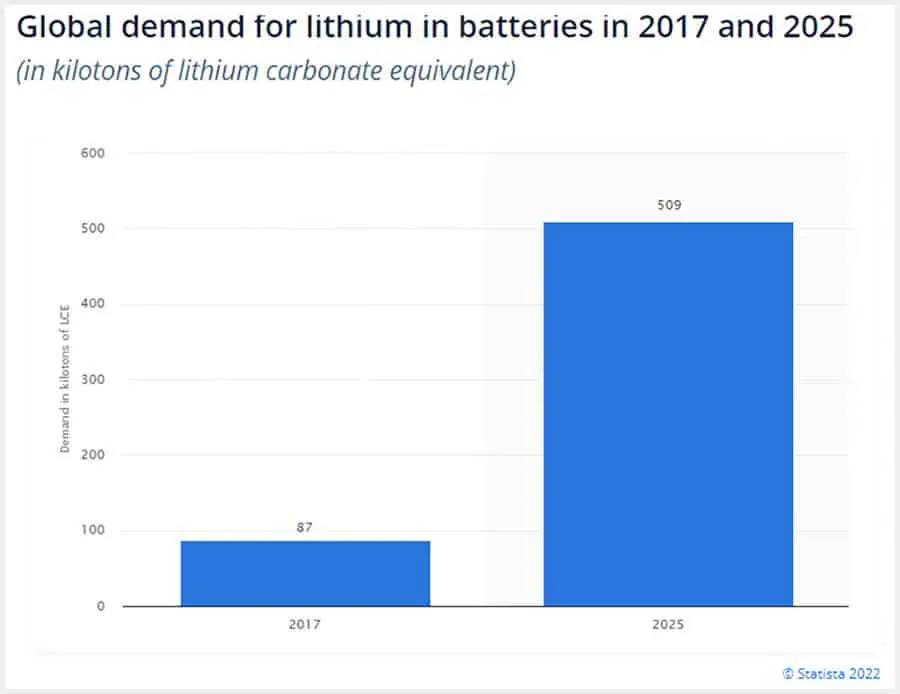
Source: statista
As part of its probe, NHTSA discovered that the electrolytic solvents used in the manufacturing process of lithium-ion batteries could leak out during normal operation and lead to rapid heating of the battery cells. This would eventually result in thermal runaway, causing the battery pack to burst into flames.
This prompted the agency to issue a notice of proposed rulemaking to ban the use of certain types of electrolytes in all lithium-ion batteries sold in the US market. However, the final version of the regulation only banned the use of flammable electrolyte mixtures containing organic carbonates or ether compounds.
As of today, there have been several reported cases of electric vehicles catching fire. However, we can’t categorically say where the figure stands. What we do know is that the number of electric vehicle related fires has drastically reduced over the years due to implementation of innovative technologies like high voltage battery packs and advanced cooling systems.
Also Related:
How Much More Efficient Are Electric Cars?
Why Do Electric Cars Catch Fire

Source: Canva
As we mentioned earlier, the main reason why electric cars catch fire is because of overheated batteries. Lithium-ion batteries placed in electric cars are prone to catching fire if they are not manufactured or handled properly.
EV battery packs contain hundreds of individual cells. Nowadays, most EV manufacturers are continually exploring ways to develop batteries that can store more energy and withstand higher temperatures. The greater the energy density of an EV’s battery pack, the greater the risk of energy storage cells overheating and catching fire.
Additionally, the introduction of an external force on the battery pack may cause it to break, ultimately leading to a fire outbreak. The thermal runaway effect is also a known cause of battery fires. When a battery cell reaches a critical temperature, it begins to release heat rapidly. This causes the surrounding cells to quickly reach their maximum operating temperature as well.
As a result, these cells begin to release heat even faster, which leads to a chain reaction that results in a massive buildup of heat inside the pack. In some cases, this can lead to the combustion of the entire pack. Sometimes, thermal runaway produces explosions.
Also Related:
When Will Electric Cars Take Over
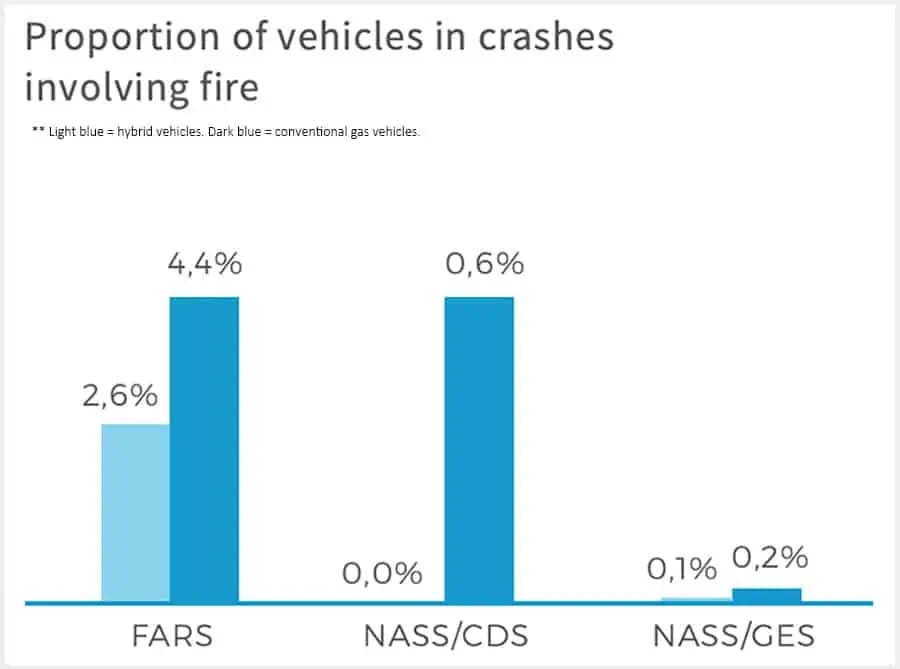
Source: cleantechnica
The other major factor contributing to the increase in the number of electric car fires is problems with overcharging or charging stations. Overheating of the battery cell due to overcharging is one of the reasons for the majority of electric car fires.
Overcharging occurs when the charger sends too much current through the battery. As a result, the battery heats up and becomes damaged. If the damage is severe enough, the battery will be unable to hold any charge anymore.
In such a situation, the battery will discharge itself completely. This means that the battery will no longer supply power to the motor. At this point, the engine stops working and the car loses control. In some extreme cases, the battery might explode. This usually happens when a battery cell catches fire.
The United States Consumer Product Safety Commission (CPSC) is continually working with stakeholders to reduce the number of fires caused by electric vehicles. They have issued warnings about the dangers of using rechargeable batteries in EVs. They have also warned consumers against buying cheap replacement batteries from eBay and Amazon (Yes, there are some EV batteries being offered on these sites) These batteries are often counterfeit and unsafe.
Also Related:
What Percentage of Cars Will Be Electric by 2025
Conclusion
According to a report released by Statista, there were approximately 173,000 reported incidents involving highway vehicles in 2020. We can safely assume that electric car fires happen far less than conventional gasoline-powered cars. The CPSC does warn people about the risks involved in using electric cars.
We would also like to emphasize that electric car fires are very rare. But they can happen at any time. The best way to prevent them is to always keep your vehicle charged. Make sure that all the plugs are connected properly. And most importantly, make sure that you have enough spare batteries on hand.
Also, we recommend that you take your vehicle to a professional garage whenever something goes wrong with it. Electric car fires are extremely dangerous. But fortunately, they’re relatively rare events. That said, it’s still better to be prepared than to be caught unaware when one happens.



